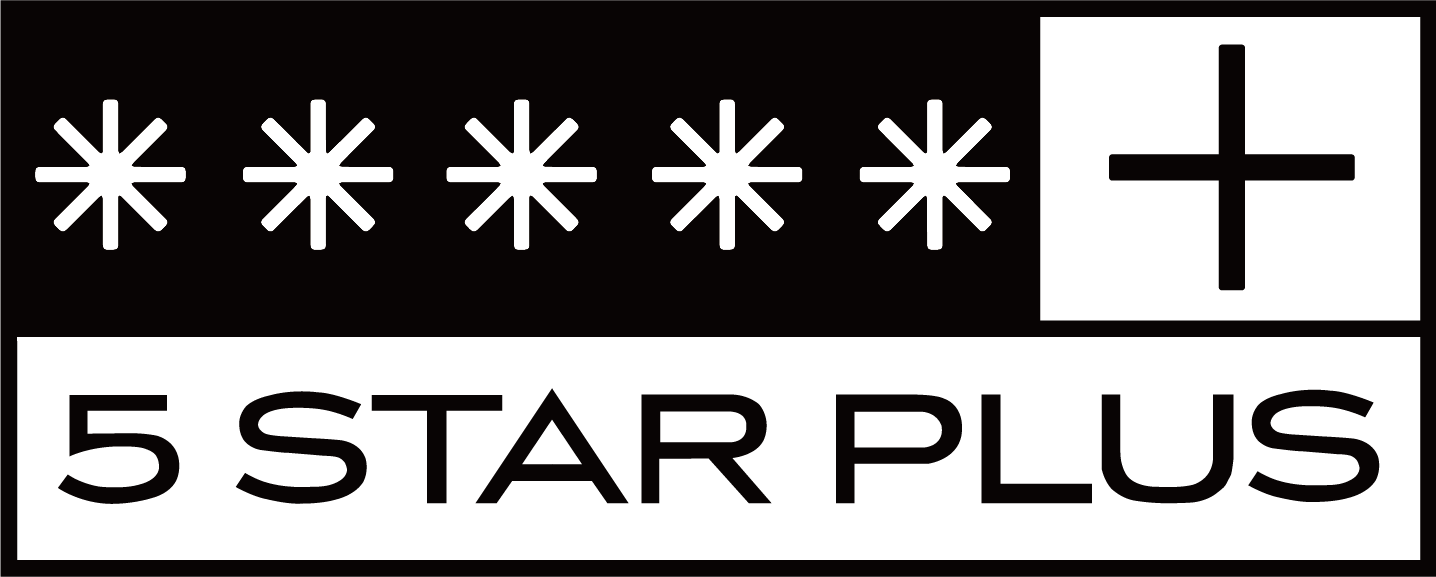EXHIBITION STAND DESIGN
Unififi
Exhibition Stand Design
Austrian Federal Economic Chamber
Exhibition Stand Design
UK's Department for Business and Trade
Exhibition Stand Design
Vienna Airport
Exhibition Stand Design
UK's Department for Business and Trade
Exhibition Stand Design
AZO China
Exhibition Stand Design
Schulthess
Exhibition Stand Design
DIT
Exhibition Stand Design
Swiss Business Hub (SBH)
Exhibition Stand Design
Silhouette
Exhibition Stand Design
Silhouette
Exhibition Stand Design
Advantage Austria
Exhibition Stand Design
Department for International Trade, UK
Exhibition Stand Design
Advantage Austria
Exhibition Stand Design
British Embassy
Exhibition Stand Design
Austrian National Tourist Office
Exhibition Stand Design
Austrian National Tourist Office
Exhibition Stand Design
B.C. Sports
Exhibition Stand Design
5 Star Plus Retail Design is known for outstanding exhibition stand designs, using creative space planning, technology, and unique concepts to make brands stand out. With global experience across industries, we ensure high-quality execution through trusted construction partners.
Exhibition Stand Design Services ᐯ
Exhibition Stand Design Services Include:
- Concept & Furniture Design
- Technical Planning & Construction
- Project & Supplier Management
- On-Site & Technical Support
- Vendor Coordination & Translation
- Storage & Shipment Management
